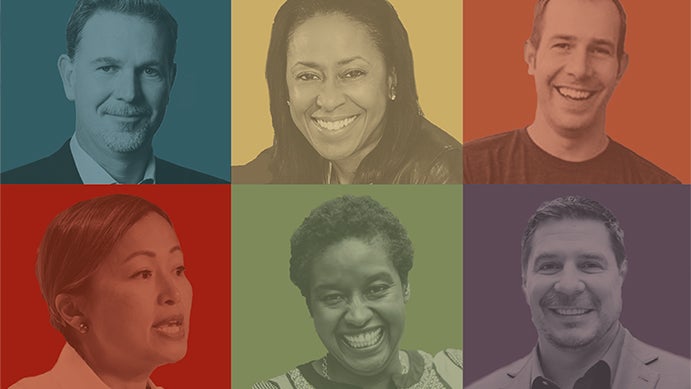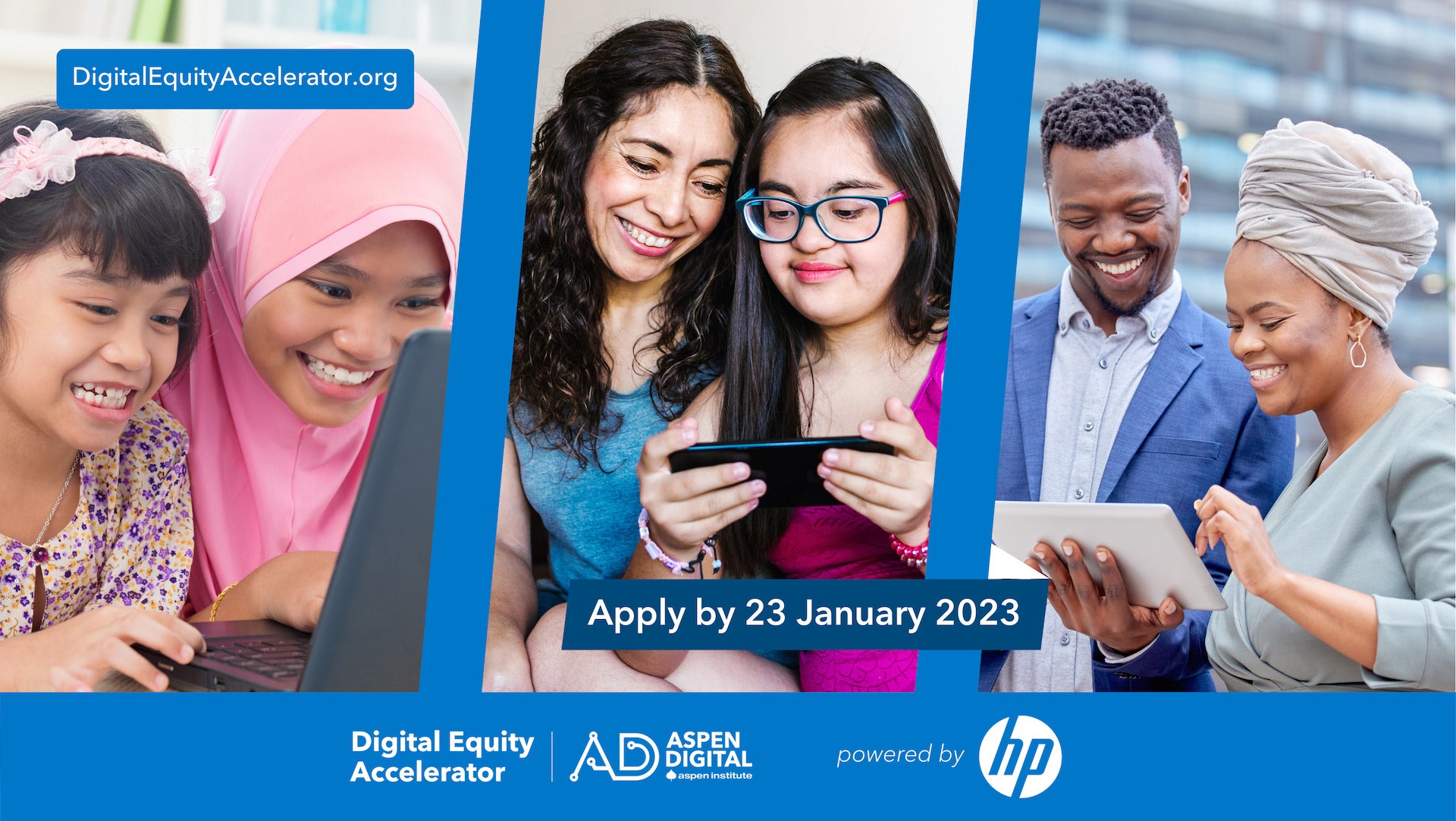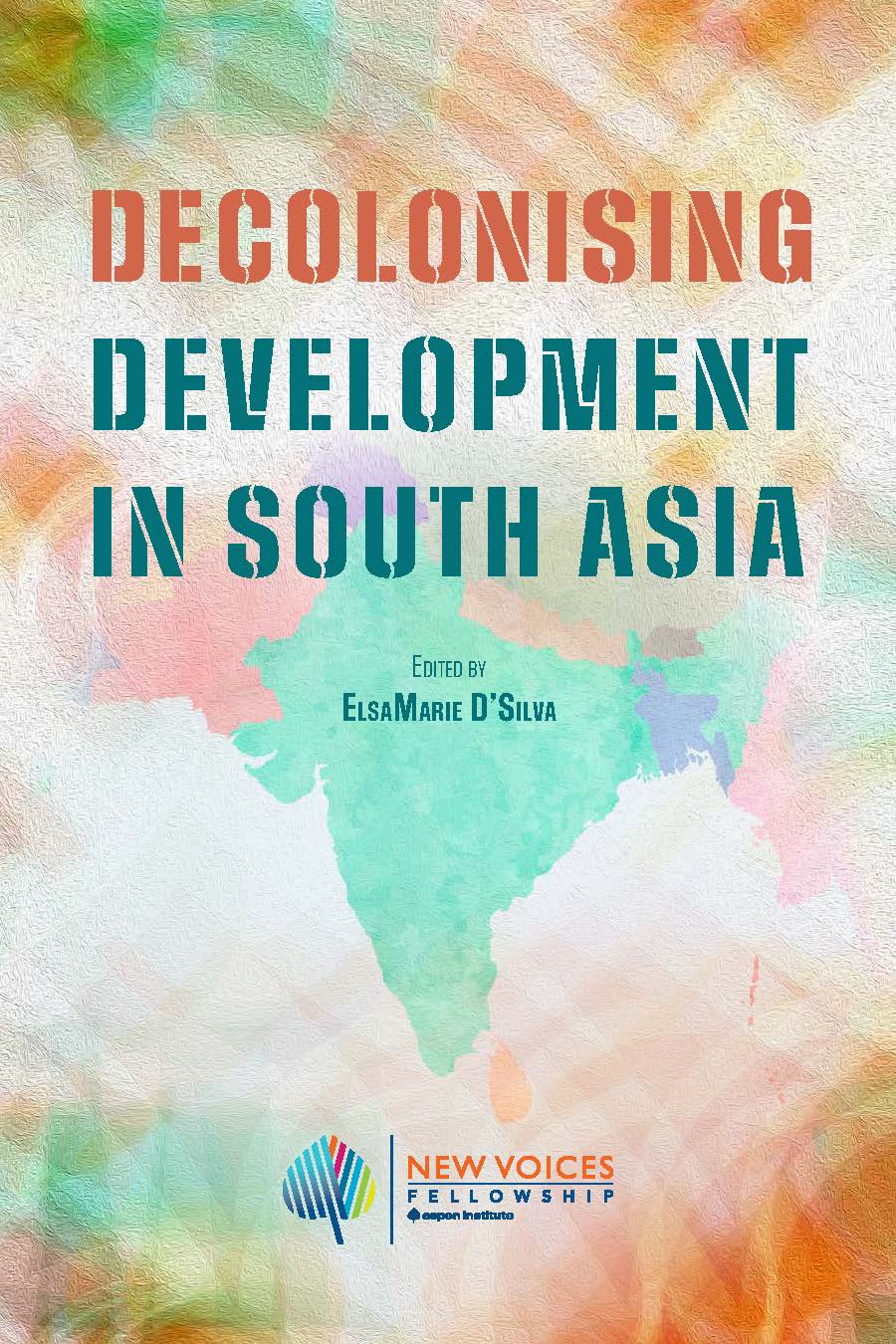Against a backdrop of rising skepticism about international trade, globalization, and migration, it is clear that there is as great a need as ever for people from different places and different backgrounds to listen to and work with each other. The issues that affect all of our daily lives are influenced by events and trends in other countries. More and more jobs require collaboration with colleagues or clients thousands of miles away.
Effective communication can be complicated. A stable economy depends on the strength of global markets, and access to these markets requires an understanding of the country’s political climate and local cultures. Political conflicts and crises have stark repercussions across borders. A public health crisis originating in one country quickly becomes a global threat for citizens across continents. Yet the vast majority of young people in the United States are not getting the exposure they need to understand and navigate a tumultuous and interconnected world.
The result is a gap between the skills students and young people have and the skills they will need in an increasingly international labor market. In order to close this gap, educators are starting to incorporate new goals into the classroom, such as cross-cultural dialogue, learning a foreign language, and awareness of diverse perspectives. The Stevens Initiative, a public-private partnership housed at the Aspen Institute, is helping educators use technology to meet those goals—and meet them on a global scale.
The Stevens Initiative was created to bring young people around the world together virtually, helping them learn new skills and subject matters, and learn about each other in the process. This method, known as “virtual exchange,” is rooted in an academic curriculum, designed and led by qualified facilitators, and involves sustained collaboration.
It is inspired by the late Ambassador Christopher Stevens, who was killed by violent extremists in Libya in 2012 and who dedicated his life to fostering dialogue with the people of the Middle East and North Africa.
Last year, the Initiative funded ten US-based organizations that use virtual exchange, reaching more than 21,000 students in 17 countries and 29 US states from middle-school through post-secondary levels. Many of these projects have already achieved notable success. One of the Initiative’s grantees, the Global Nomads Group, links 3,300 students across Jordan, including Syrian refugees, with students in New York, Kentucky, Utah, and California. Each week, the students connect and share information about their communities and cultures, increasing their cross-cultural experiences and enhancing their digital-literacy skills.
Jill Armstrong, a teacher from Greenup County in Kentucky, introduced her class to the virtual-exchange program last fall. Her students were at first hesitant, unsure of what to expect. “Where is Jordan?” they wondered. “Is everyone there Muslim?” The students then watched a series of virtual-reality videos, including one about life for Syrian refugees in the Zaatari camp in Jordan. They were surprised to learn that Jordan has urban areas—and is not just desert—and that students there share similar interests, music tastes, and aspirations for the lives they hope to build.
In Jordan, the students were no less enthusiastic about their new virtual classmates. “I thought American [students] thought of all of us as terrorists,” said 16-year-old Sham Mustafa, an eighth-grade student in a Jordanian village bordering Syria. “I wanted them to understand that just because we are Muslim and wear veils, this does not mean that we believe in violence and hatred.” Mustafa and four of her female classmates said that the virtual-exchange program introduced them to a new world of possibilities. They now plan to pursue higher-education opportunities in the United States after high school—something that was, until now, hardly imaginable. With the help of their English teacher, they are applying for scholarships at the US Embassy.
Many schools in the region have incorporated virtual exchange into their curricula, and the Initiative expects to reach more than 50 high schools in Jordan alone. The Initiative works with government and civic partners to spread awareness about virtual exchanges and the funding opportunities available; it also provides training to schools and non-profit organizations to implement programs. Teachers formulate virtual-classroom syllabi in collaboration with peer teachers and facilitators abroad, and often conduct texchanges over the course of a whole semester. Sessions may be held simultaneously so students can communicate in real time, or they can be staggered to allow for time-zone and language differences. Students often have both online and offline assignments, and some collaborate on final capstone projects that they are graded on.
The Initiative’s funding recipients reach different age groups, but share a common mission. For example, the National Democratic Institute, another grantee of the Stevens Initiative, is implementing a program that teaches young professionals to use technology for social good. The program started with a massive online course, conducted in partnership with Stanford University’s Technology for Accountability Lab, which reached 3,400 Arab and American students. Two hundred MOOC participants were selected for an online-mentorship program, in which small multinational groups developed proposals to use technology to address a social issue. One group proposed developing a platform that combats misinformation during elections by collecting and displaying independently verified information about candidates, policies, and campaign finances. Another proposed an open-source platform that enables citizens to anonymously submit and map reports of bribery demands. In April, 16 members of teams with the best proposals were invited to Washington, DC, and Silicon Valley, where they pitched their ideas to technology-sector leaders and policymakers.
The Initiative and its two main donors, the US State Department and the Bezos Family Foundation, are supporting these and other projects to demonstrate that technology can help millions of young people build the global competencies they need to participate in the workforce and in society. The Initiative gives millions of students and young professionals an international experience that they would not otherwise have.


